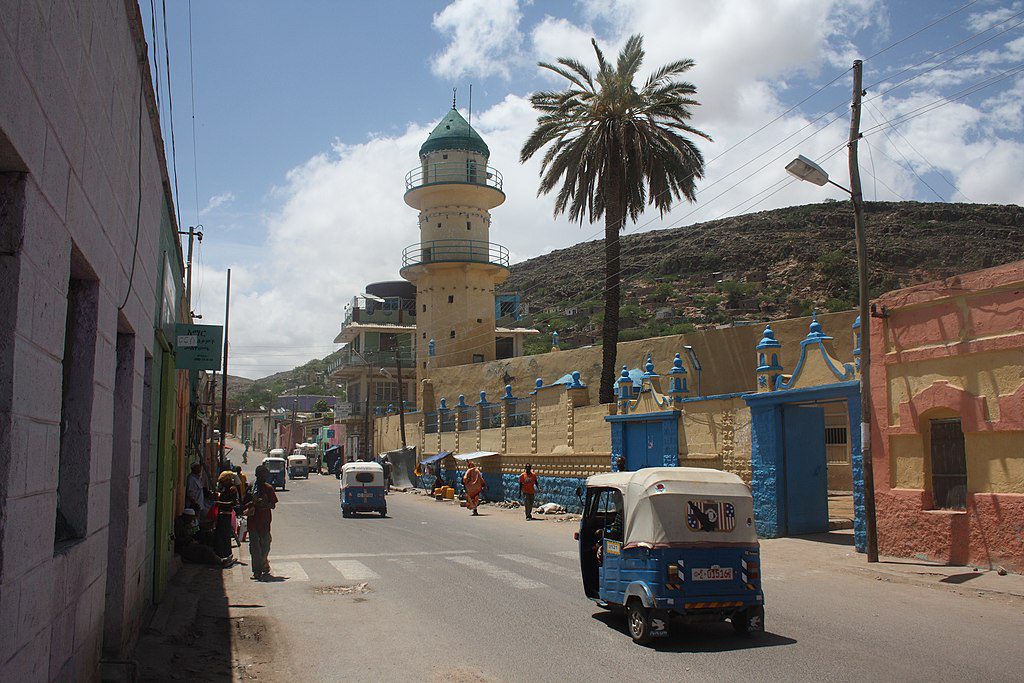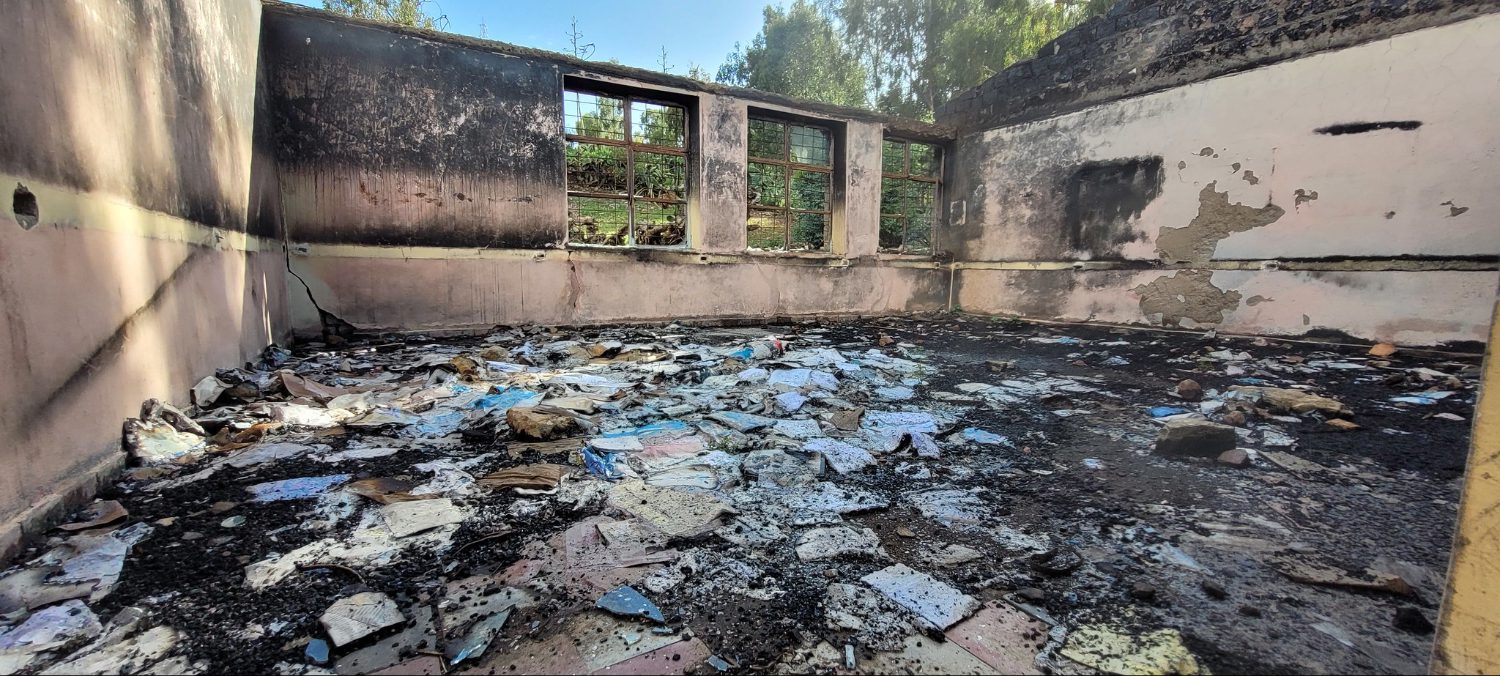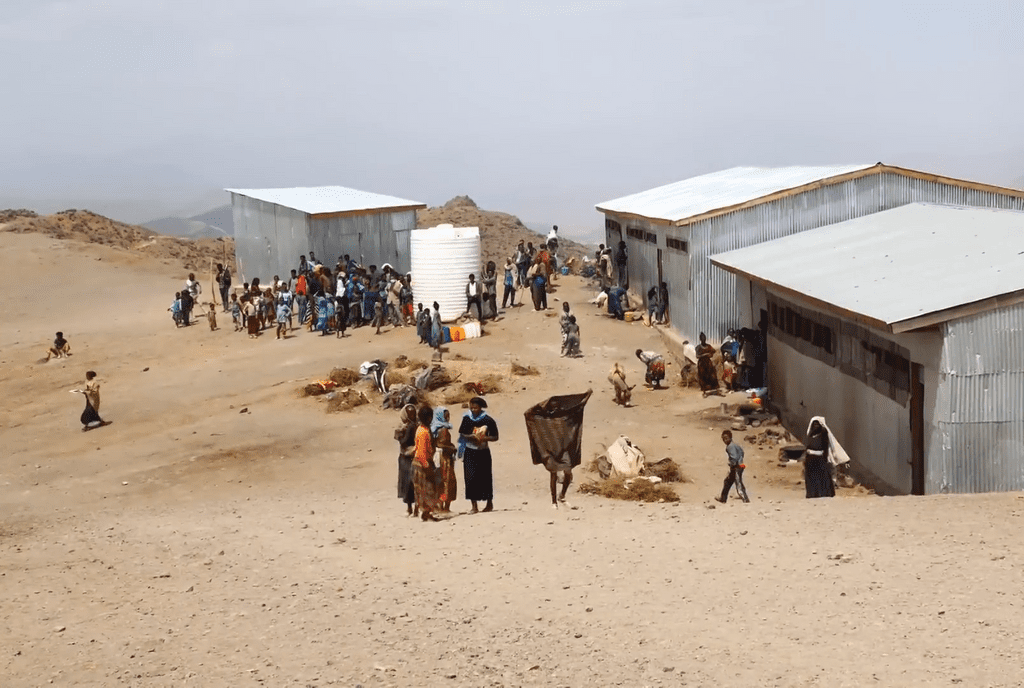Ethiopia is currently engulfed in a war of all against all. This has many causes and many manifestations.
Conflicts over administrative boundaries and national identities are one form that this crisis is taking. These disputes are the outcome of the historic clash between two overarching visions of the Ethiopian state, namely the ‘great tradition’ of a unified state, and the counter-histories that see Ethiopia as a nation of nations. Under imperial rule, administrative units were based on feudal fiefdoms, disregarding local identities. After the Ethiopian People’s Revolutionary Democratic Front (EPRDF) took power in 1991, it set in motion, for the first time ever, a decentralized process of boundary making based on local ethno-linguistic identities. In moving from centralized dictat, this process is both more democratic and more open to contestation, because local identities are and boundaries are always disputes.
I have published a new paper under the title: ‘Western Tigray: The Unresolved Challenge and a Test for Ethiopia’ discussing the various administrative boundary identity related contests among the regional states of Ethiopia.
Virtually no regional state is unaffected by these conflicts. Some of the major contests include Western Tigray and parts of Southern Tigray, which are claimed by Amhara regional state, the Metekel zone of the Benishangul-Gumuz regional state; the Adamaytu-Gedamaytu corridor of the Afar regional state, Meiso-Mullu corridor of the Somali regional state, and contests over the cities of Addis Ababa and Dire Dawa.
This paper takes the case of Western Tigray for an in-depth study. It concludes that the “boundary and identity” disputes in this area are not isolated issues but are symptoms of a broader national political crisis. It follows that they cannot be resolved on a stand-alone basis.
The paper traces how Ethiopia’s multinational federation, while recognizing national identities, has fueled reactionary and exclusionary nationalism, exacerbated by rent-seeking political elites. The Constitution of the Federal Democratic Republic of Ethiopia was designed to unite diverse national communities within a single political community. However, the inclusive and democratic momentum of the federation began to fade as rent-seeking behavior of the ruling elites took over from a commitment developmental progressivism. As a result, mobilization around national identities regressed into administrative nationalism, whereby the bureaucracy’s rent-seeking interests became the dominant factor in sustaining and shaping national sentiment and political organization.
The paper provides evidence to show that Ethiopia’s widespread and ongoing crisis, as expressed in the form of administrative boundary disputes, is a result of the instrumental use of identity politics for power and control exacerbated by the competition of the regional elites for rent associated with the use of land for commercial use.
The study argues that constitutional mechanisms, including referenda, cannot resolve these deep-rooted problems. There is no constitutional ‘magic wand’ capable of resolving these issues.
Instead, the paper proposes an incremental, transformative three-stage process. The first essential step is securing a temporary political settlement and nationwide cessation of hostilities. Second, it is essential to restore the constitutional status quo as a foundation for credible, inclusive dialogue. Last, it will be necessary to conduct multi-level national dialogues to address fundamental political challenges. Only through such a comprehensive and collaborative approach can sustainable peace be achieved.



